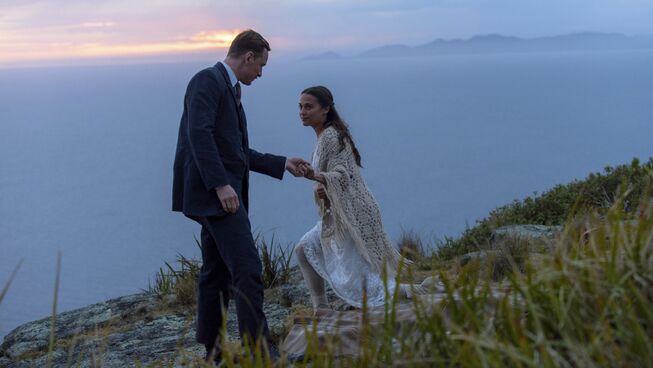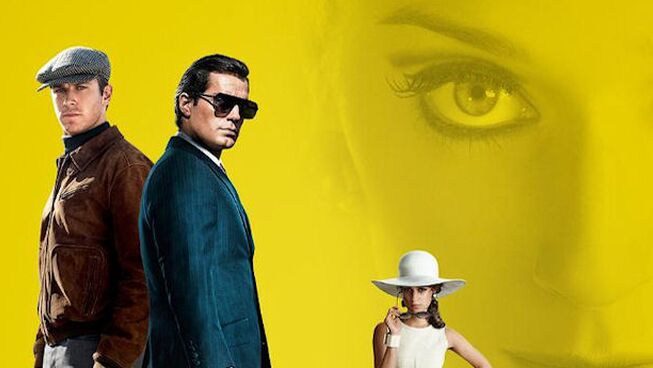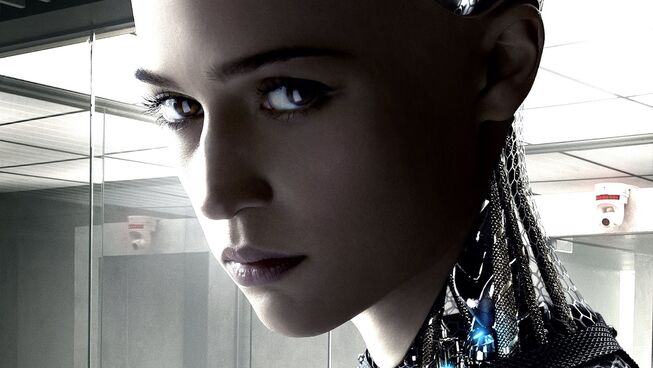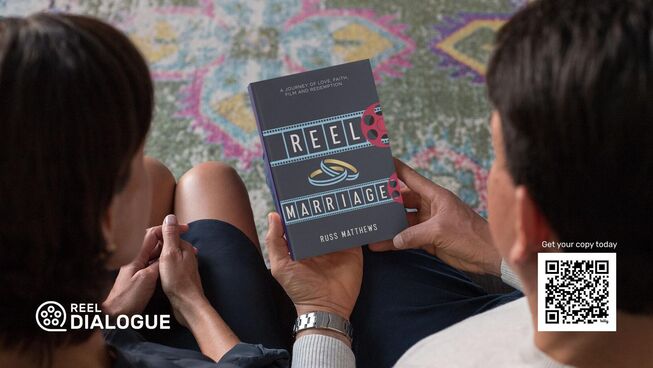
The groans throughout the film industry have become deafening whenever the announcement comes out that another film is in production based on a video game. From the Mario Brothers to World of Warcraft, this potential treasure trove of story concept continues to elude studios in the box office or critical acclaim. Lara Croft: Tomb Raider did prove to be a moderate financial success, but failed to capture the hearts of critics. With the new incarnation of the video game, it was not a surprise that a film would follow and it shows promise with Academy Award-winning actress Alicia Vikander carrying the grappling hook in this outing. Can this one break the hoo-doo around that accompanies this genre?
For those outside of the gaming world, Lara Croft (Alicia Vikander) is one of the first female action heroes to grace the screens of the Xbox generation successfully. She is known for incredible feats of athleticism and brilliance in the realm expeditions in archaeology and adventure. In this origin story, audiences get to know her family history and what is the underlying drive behind not only finding cretin types of antiquity, but more importantly what happened to her beloved father, the famed archaeologist Lord Richard Croft (Dominic West).
In his attempt to find the tomb of Himiko, the mythical Japanese Queen of Yamatai who had the reputation of being able to command the power over life and death, he disappears for seven years. Presumed dead by the company leadership of Croft Industries, Lara is asked to sign a document that verifies that the head of the vast industrial empire no longer is alive. In the process of the legal proceedings, she discovers a clue that her father may be alive. As she unearths the clues that her father has left behind, she finds herself heading on her expedition to see what her father had sacrificed so much to discover.
With an attempt to reignite the adventurous ethos of Raiders of the Lost Ark and an effort to stay true to Lara’s video game alter-ego, Norwegian director Roar Uthaug fails to discover the treasure at the heart of this narrative. The adventurer’s absentee father, her unexplained self-imposed poverty, and her utterly indestructible body all contribute to a stretch in the accessibility or believability of this film.
It is baffling how they managed to deliver such a dull and predictable film when it centres on one of the most robust female action figures in modern pop culture. Vikander looks fighting fit and adds her impish charm to the character, but is never allowed to flex her acting abilities beyond a few knowing glances and multiple running scenes. Even though these chase scenes are the basic premise of the video game, it is unfortunate that the writers leave this celebrated actress with such a weak story to offer to audiences.
Despite the weak script and the predictable nature of the action, one aspect that could have lifted this film out of its mediocre existence would have been to provide a formidable foe for Lara to battle. Mathias Vogel does have some promise as a smarmy, rival archaeologist without a moral centre played by the Walton Goggins (Justified) who has a great history of villainy in his filmography, but this hope is quickly dashed against the island rocks. Since this villain is relegated to reading an old diary and pedestrian-styled dialogue, it leaves the whole film’s salvation to the young heroine and it is too much for her to bear.
Tomb Raider contained many of the necessary elements to prove the video game adaption theory wrong, but it fell into the same crevasse as all that went before it. If the film is able to make back its budget and warrants a sequel, the hope would be Vikander would come back and the producers plan to reboot the whole thing. The reality is that Lara Croft will be buried away after this excursion and will wait for someone to resurrect her after someone proves they can make a film based on a video game.
Reel Dialogue: We need female heroes
As a father of three daughters and one son, something that should be celebrated is the female hero. The problem with most of the female characters portrayed on the big screen is they tend to be overly sexualised or stripped of all femininity or are not allowed to show any actual physical or emotional strength. It is an identity crisis that is not new to our modern era, but when the studios do manage to find the right combination of power and feminity, it is no wonder that they explode in popularity. Hence, the successful examples of the recent incarnations of Wonder Woman and Beauty and the Beast.
Christianity tends to get a bad wrap for not celebrating women, but this is not an honest depiction of what can be found in the Bible. Throughout the text, there are examples of strong women and the men who appreciated them. Names like Rahab, Ruth, Deborah, Mary, Priscilla and many more proved to have quite an impact on history and faith. Also, one aspect of Jesus' ministry was to move society to appreciate and celebrate the value of women. Even the most sceptical historians have to acknowledge that Christianity is a faith that values female heroes.
Passages to consider on the topic of women: The Book of Ruth, Proverbs 31, The Gospel accounts of Matthew, Mark, Luke and John






